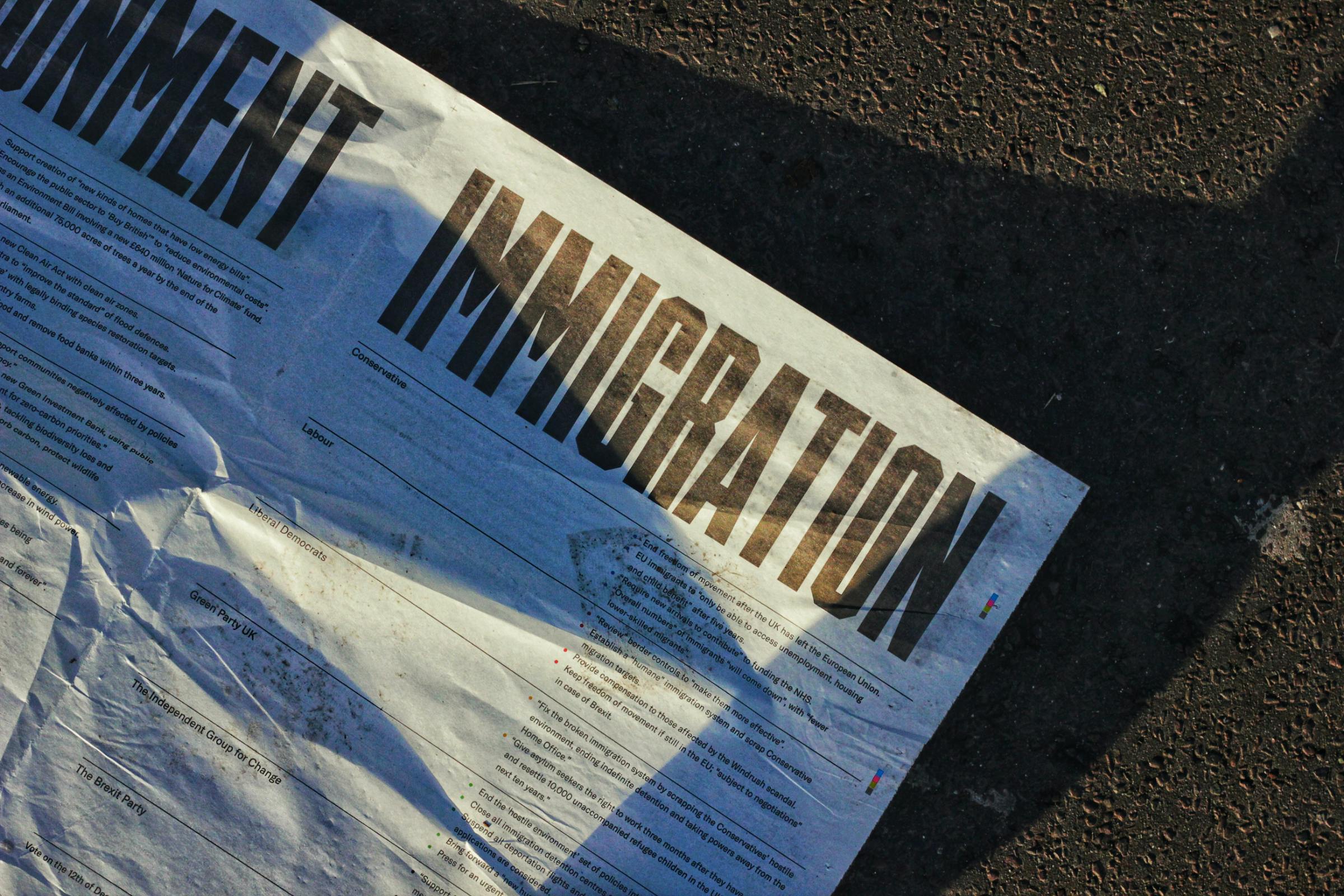When looking at the State Department visa bulletin, there is a special category of immigrant visas that is designated for immigrant investors. This is known as the EB-5 category—which hasn’t been re-authorized by Congress in almost a year. As we noted in this months Bulletin (March, 2022), the EB-5 final action date is currently unavailable because Congress has yet to act on this program.
For a brief overview, the immigrant investor program is not simply for aliens who are looking to invest small sums in U.S. businesses. Rather, the EB-5 program is almost exclusively made up of wealthy non-citizens who need to be able to invest just shy of one million dollars in a U.S. business, or regional center, in order to be considered for this employment-based visa. The intent of the program is to provide a path to legal permanent residence for foreign investors who can create economic job growth in different U.S. sectors. This is usually done through real estate investments in different urban areas of America.
This visa leads to green cards for the principal investor, but also to derivative family members such as spouses and children, as long as the conditions of the investment are followed through by the principal investor.
Here is what’s set to change if the EB-5 is reauthorized by Congress with new amendments:
- The USCIS will seek to change the initial investment into a TEA—Targeted Employment Area, to $800,000 USD. Previously, the initial investment amount was $500,000.
- Those who are interested in filing for an EB-5 visa will also be able to file for an adjustment of status concurrently. This means such individuals will be able to file for a green card more efficiently.
- The new EB-5 program will also set aside 20 percent of total EB-5 visa numbers for investment in rural areas and an additional 10 percent for investments in high unemployment areas.
- Dependents who are attached to this visa are now subject to a USCIS aging out provision. In other words, dependent children will have certain provisions such that if their green card application is pending while they are on the cusp of their 21st birthday.[1]
There is pressure from the U.S. government to reauthorize the EB-5 program because in June, 2021, the regional center program was halted. This means that those immigrants who have invested money in a regional center have been unable to receive their green cards. USCIS officials have stopped adjudicating adjustment of status applications in this category. Hopefully, with the new measures proposed, the new EB-5 program will have more integrity and will also target high unemployment areas across the United States.














